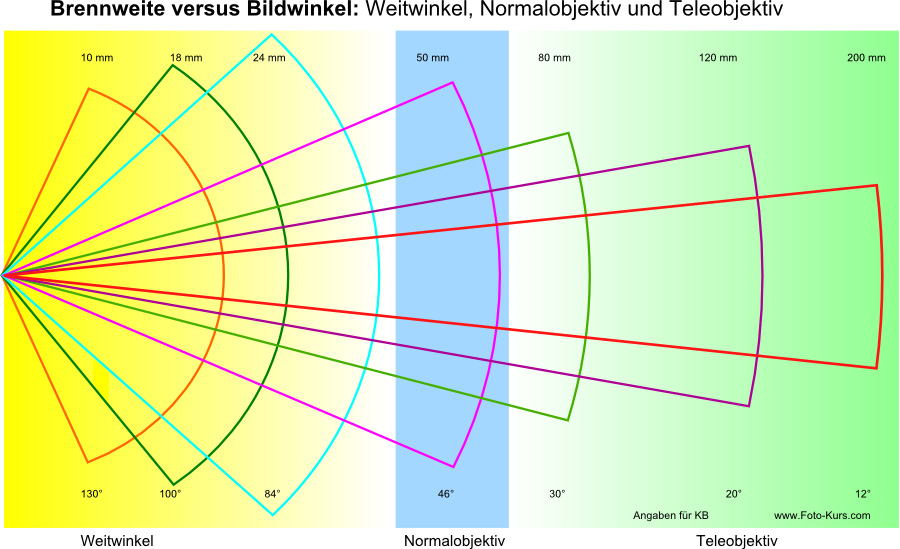heres a perfect analogy?
a high-revving “short piston throw” engine? creates a LOT of horsepower? simply because it revs so high and so fast…
a TORQUE-y engine? with LONG throw piston? does not rev nearly as high, if it tried to? it explodes… BUT, the torque-y engine? CAN be mated with a tranny and rear end, that favors high speed, but accelerates a little soft…
the same torque-y engine could also be mated with a beefy “hauling transmission” and rear end… which will carry a heavy load. like a large hauling TRUCK, or, even a bulldozer.
==
when building big fast motors? which should you choose to build for? they have a saying… “build for torque… then the horsepower will just show up and be there”
this analogy applies here…
you nail your emission angle of your source? you match or exceed that critical angle with your lens? everything else falls into place. THEN you can pack all the luminous intensity into that critical angle, that you can… and the lens will collect all of it, and “throw” it as wide close in floody, or, as long of a pencil thrower as you LIKE…
but, its the only design consideration that means anything.
you nail your angle of emission? you meet or beat that angle of acceptance in the lens? THEN you can do whatever you want to increase the luminosity… then it will ALL go thru the lens…
as a design criteria? it makes perfect logical sense… thats why the engineers at edmunds opics needent concern themselves with luminous intensity. they obviously know about it… it doesnt matter.
you simply get the angle of emission, then you meet or beat that angle… its a secondary consideration how bright you can make the source be. job #1m the only job that matters? is to meert or beat that angle… the rest is just gravy and falls into place.
this design strategy? is ALL OVER the engineering world, in many different disciplines.
you want MORE WATER to make its way out your pump and pipe system? the widest pipe will ALWAYS carry the most water at top level flow. always.
after you get the biggest pipe you can? you can then worry about how big a pump you feed it with or can afford or hook up, or have enough electricity or horsepower to feed it.
top flow? will always be limited by the width of the pipe. always. no exceptions. everything else? is a secondary consideration you later make as best as you can…
our f-number of our lens? is simply the width of pipe.
in HVAC work? if you want to carry the most CFM possible thru a duct? you need the biggest duct possible… no other way in the end. if you use too small of a duct? you need to force feed it with too big and expensive of a fan system.
because you are trying to fit too many fat ladies thru the doorway, and its gumming up the works.
once again? the doorway needs to be as big as possible… later you select the biggest fan you can, based on what you have available. but if you want the most CFM out? your number one consideration is the width of the duct. period.
now, in our system? is not the f-number of the lens… the width of the pipe? the size of the duct? no wonder edmunds optics engineers, chose “numerical aperture” and matching or beating the emission/acceptance angle, as job number one, and really the only job.
after you have the biggest doorway? you can worry about how many fat ladies you can shove thru it per unit of whatever.
it makes… perfect logical design sense.
